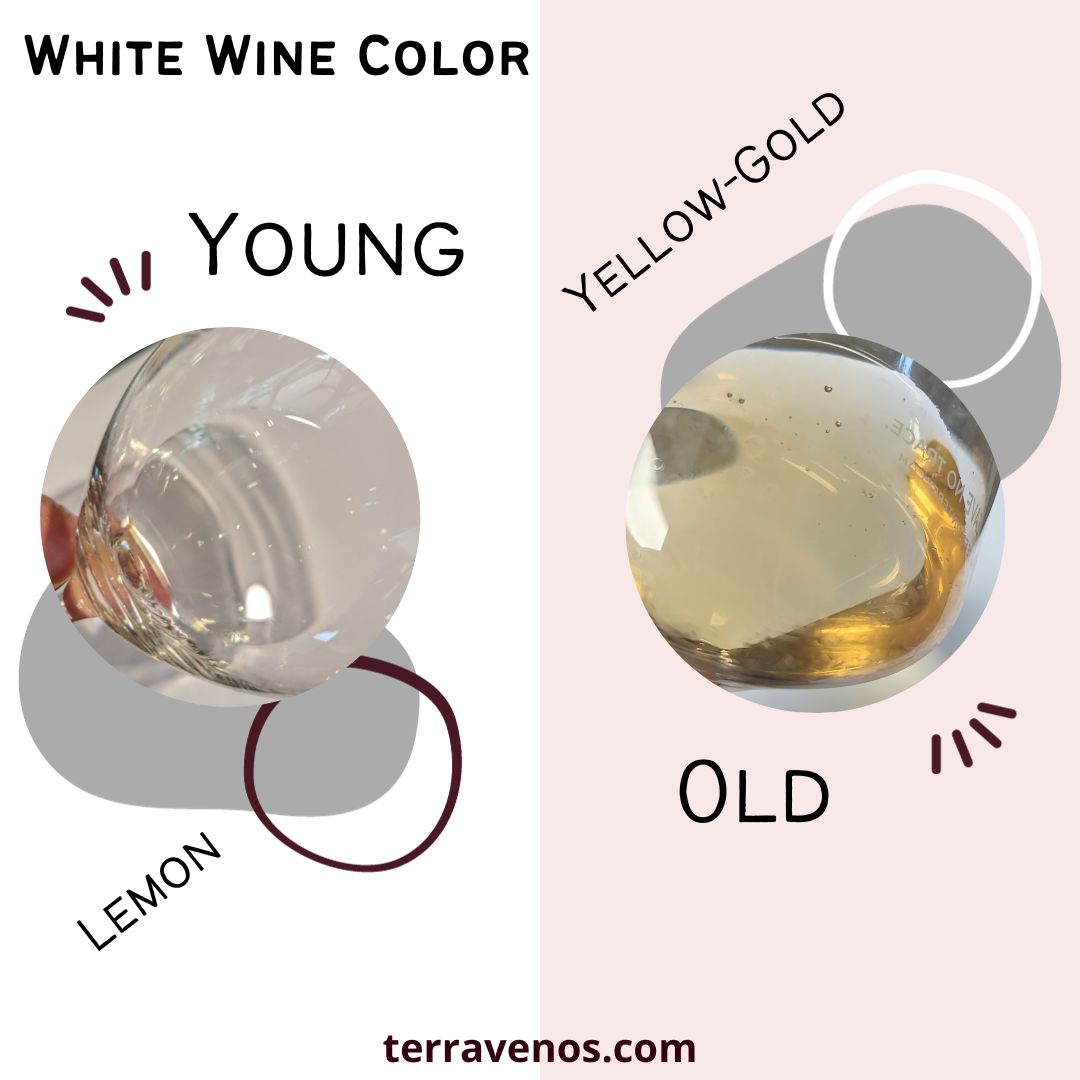
If your favorite white wine has turned yellow, then you may have waited too long to drink up.
Understanding the Science Behind White Wine Discoloration
The Basics of White Wine Color
White wines are traditionally known for their crisp, clear appearance, derived from the absence of grape skins during the winemaking process. However, despite winemakers’ best efforts, sometimes these delightful whites may take on a yellow hue, leaving us wondering why.
Oxidation: The Culprit Behind Yellowing
One common reason for the discoloration of white wine is oxidation. When exposed to air for an extended period, wine can undergo chemical reactions that lead to changes in color and taste. Oxidation is a natural process, but it can be accelerated by improper storage or a faulty seal in the bottle.
Fun Wine Fact: The yellowing of your white wine is the same chemical reaction as if you leave a freshly cut apple out on the table.
Oak Fermentation and Aging
Some producers ferment and age their white wines in oak barrels. This exposes these white wines to more oxygen during the winemaking process. Often, they will be deeper yellow in color than white wines made in stainless steel or concrete, even when younger.
Helpful Tip: Check out this post to see what flavors oak can add to wine.
Can You Still Drink a White Wine That’s Turned Yellow?
Yes, it’s perfectly safe and you can still drink your favorite white wine that’s turned yellow. You may notice some nutty notes or even some varnish that comes from oxidation. I think these wines start to get a bruised apple quality. Some people really enjoy this flavor profile, so drink up if that’s you!
Preventive Measures and Wine Storage Tips
Seal the Deal
To preserve the pristine color of your white wine, ensure a tight seal after opening. Consider investing in a quality wine stopper or using a vacuum pump to remove excess air from the bottle.
Store Smart
Proper storage is key to maintaining the freshness of your white wine. Store bottles horizontally in a cool, dark place to minimize exposure to light and temperature fluctuations.
Final Thoughts – Yellow Wine Gives You Clues
The next time you notice your white wine taking on a yellow tint, don’t panic! Understanding the science behind it and implementing proper storage practices can help maintain the integrity of your favorite varietals.
Yellow wine means it’s transforming in the bottle. This is science in action.
Thirsty for More?
Check out this post on sweet white wines.
Here’s a fun post that explores how to tell if your white wine is bad.



